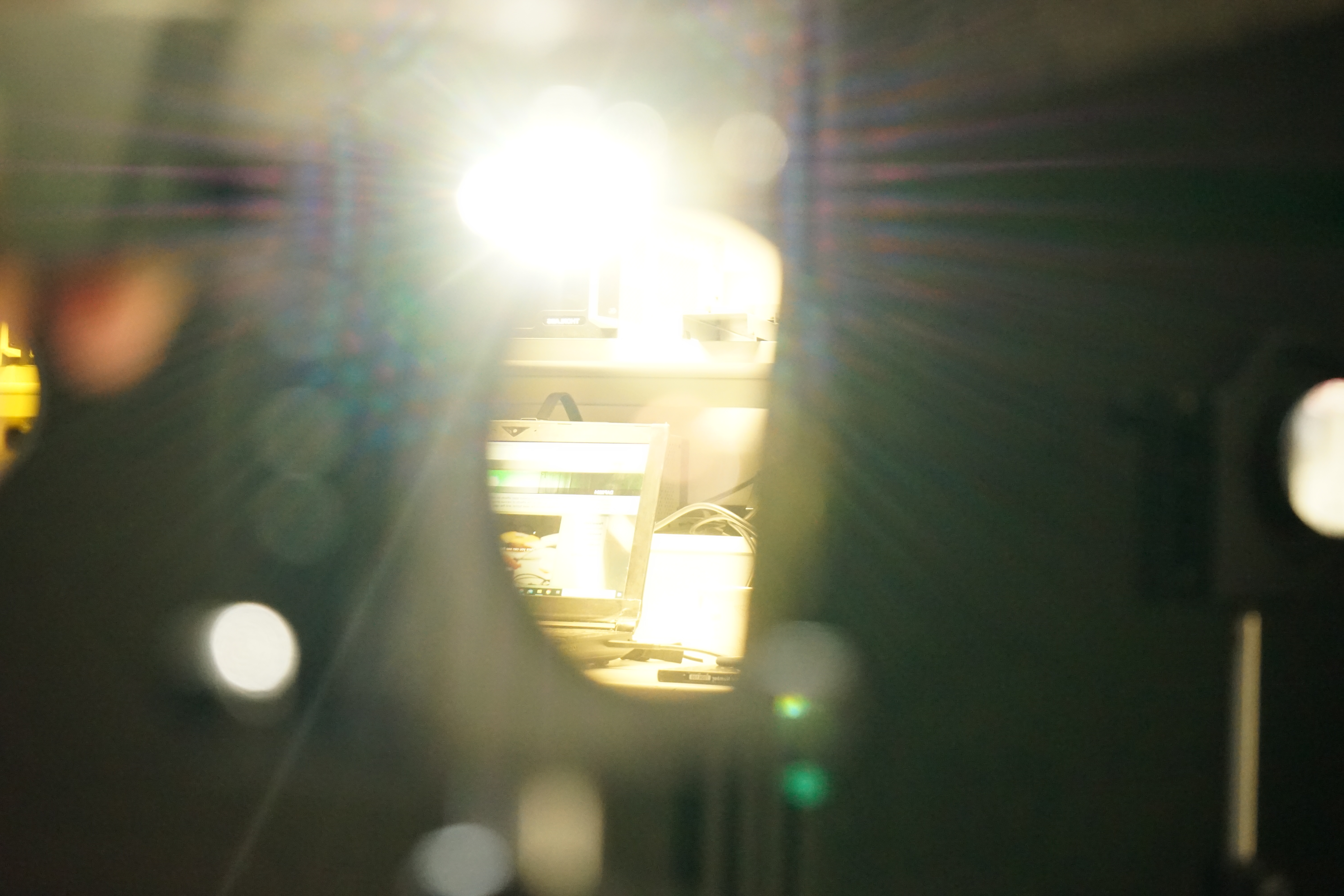
DAP2110: HEL (high energy laser) for a safe hard kill: fact or myth?
To inflict damage on a target by placing a small spot of light on a target requires laser powers of at least several kW’s. Past research activities performed by the CISS department have established a solid knowledge of what HEL can do at short distances in a controlled environment. Extrapolating these results to larger distances in a realistic environment is difficult because of the huge deformations of the laser beam while propagating to an atmosphere characterized by a specific density, temperature and pressure. A second challenge to move forward with the HEL as a possible future weapon is the aspect of laser safety. The possibility to train and operate HEL in a safe manner needs to be investigated knowing that a deterministic approach will probably be too conservative.
Overall two research questions will be addressed in this proposal before we can answer the question asked in the title: (1) How can we describe and quantify the impact of the atmosphere on HEL beam propagation, and consequently assess the capability of a HEL to fulfil a specific mission? (2) How can we perform a trustworthy yet practically feasible laser safety analysis that allows us to train and operate a HEL?




